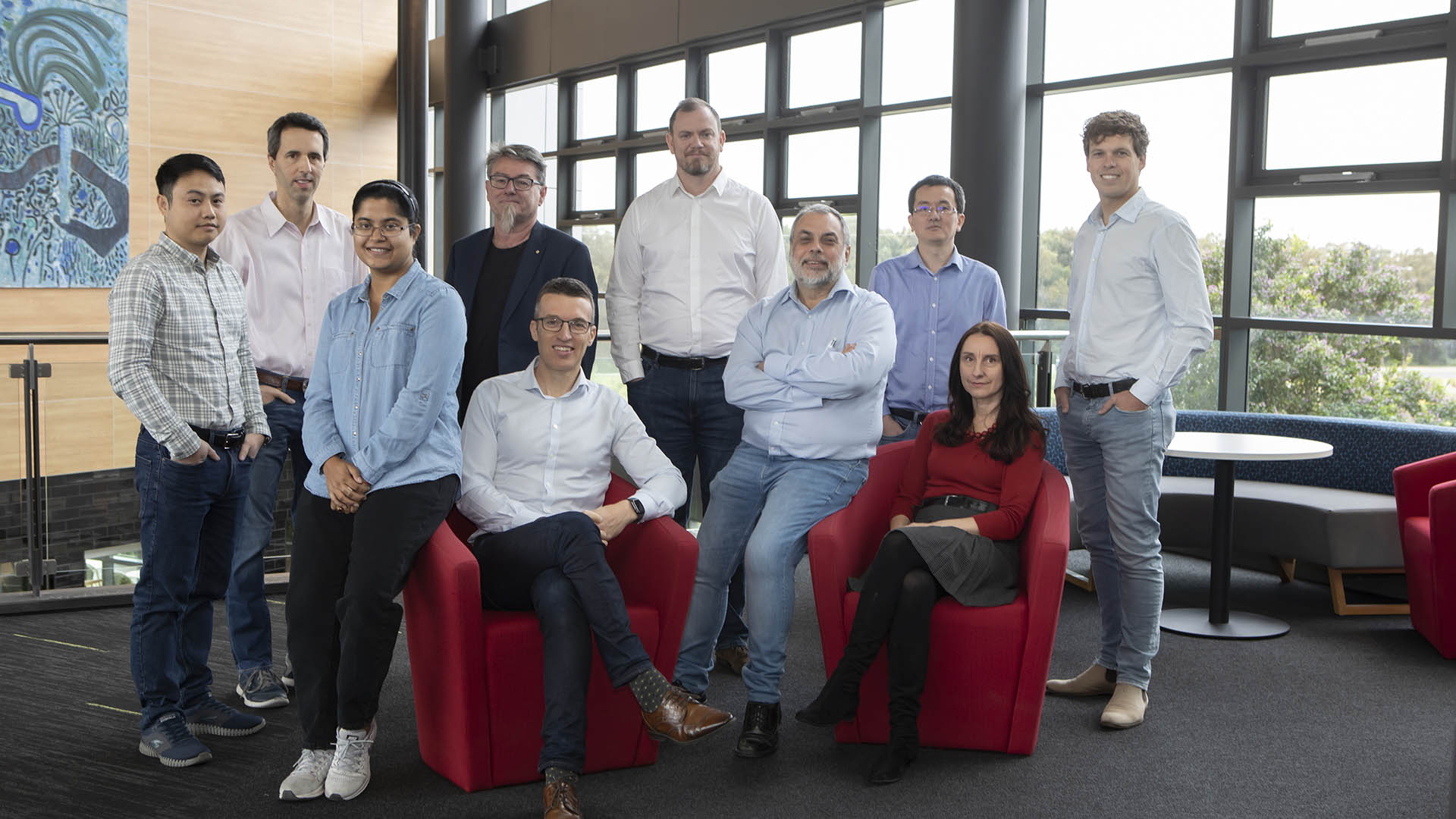News
3D printing bone tissue
Jun 28 2022
In a clean energy breakthrough, researchers from the ARC Centre of Excellence for Electromaterials Science (ACES) and University of Wollongong (UOW) have developed new electrolyser technology that brings cost-competitive renewable, or green, hydrogen closer to reality.

The research findings are published today (16 March 2022) in Nature Communications and report on the research team’s ”capillary-fed electrolysis cell” and its production of green hydrogen from water at 98% cell energy efficiency.
This productivity is superior to other competing existing electrolyser technologies, and is well above the International Renewable Energy Agency’s (IRENA) 2050 target, enabling an affordable hydrogen production cost that can match the production costs of fossil fuels.
The research team was led by Professor Gerry Swiegers with critical inputs from other UOW researchers including ACES Director Distinguished Professor Gordon Wallace.
A UOW spin-out company, Hysata, was formed last year to commercialise the breakthrough hydrogen electrolyser technology.
The company, based at UOW’s Australian Institute for Innovative Materials (AIIM) – the headquarters for both the Intelligent Polymer Research Institute (IPRI) and ACES – is now being commercialised with backing from IP Group and the Clean Energy Finance Corporation (CEFC).
“Electrolysers have been around for 200 years, however the large amounts of renewable electricity required to produce green hydrogen and the overall cost of electrolysers today has prevented large-scale uptake of green hydrogen,” said Professor Swiegers, who is the Chief Technology Officer at Hysata.
“Hysata’s overall electrolyser system has been designed for ease of manufacturing, scaling and installation, delivering 95 percent overall system efficiency, equivalent to 41.5 kWh/kg, compared to 75 percent or less for existing electrolyser technologies. For hydrogen producers, this will significantly reduce both the capital and operational costs to produce green hydrogen.
“Hysata is proud to be at the forefront of this technology innovation and introducing an entirely new category of electrolyser that is as monumental as the shift from the internal combustion engine to electric motors.
Professor Wallace described his excitement on the discoveries and how it is a testament to the work built upon over a long time.
“Exciting new technological opportunities are based on many years of thorough fundamental scientific explorations,” Professor Wallace said.
“The Hysata development is no exception and we are proud to be associated with this.”
Paul Barrett, Head of Physical Sciences at IP Group Australia and Hysata CEO, explained that these new findings provide a pathway to commercialise the world’s most efficient electrolyser.
“The global momentum towards net zero is creating a massive opportunity for green hydrogen and electrolysers,” said Mr Barrett.
“Economics will ultimately determine which technologies win, and with our world-beating efficiency, Hysata is well placed to lead in this major new global market.
“Our electrolyser will deliver the world’s lowest hydrogen cost, save hydrogen producers billions of dollars in electricity costs, and enable green hydrogen to outcompete fossil fuel-derived hydrogen.
“Our technology will enable hydrogen production of below US$1.50/kg per kilogram by the mid-2020s, meeting Australian and global cost targets much earlier than generally expected. This is critical to making green hydrogen commercially viable and decarbonising hard-to-abate sectors.
“Hysata has some of Australia’s brightest minds working together to position Australia as a leading manufacturer and exporter of electrolysers, with plans underway to build a pilot electrolyser manufacturing plant and employ dozens of new highly skilled specialists in 2022.
“Green hydrogen is forecast to be a trillion-dollar industry with the backbone of this industry being the electrolyser. Given the urgency to reach net zero, we are gearing up to scale up as quickly as possible. The elegant design of our electrolyser is perfectly suited to mass production.”
“This is indeed an exciting breakthrough with Hysata,” Professor Wallace added. “We are also aware that our next exciting breakthroughs depend on continued investment in fundamental research.”
Find more information about ACES translation opportunities by contacting the Centre here.
Media opportunity
Prof Gordon Wallace is available for interviews. Please contact Sam Findlay on 0413 272 432 to arrange any interviews.
About the ARC Centre of Excellence for Electromaterials Science (ACES)
Based at the University of Wollongong’s Innovation Campus, ACES is a multidisciplinary research group with a focus on developing functional devices for applications including batteries, solar cells and systems that interact with living tissue.













